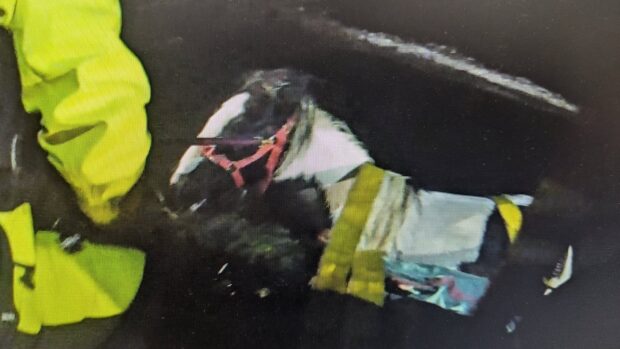The University of Nottingham has unveiled plans to open a new school of veterinary science, which promises to focus on large animal practice and equine science.
Scheduled to admit its first applicants in autumn 2006, the school will be the UK’s seventh, and the first new one for 50 years.
“The idea for Nottingham to open a vet school has come and gone over many years,” explains Prof Peter Rubin, a former dean of the medical school and chairman of the project group developing the proposal. “This particular move came out of the obvious lack of vets in the foot-and-mouth crisis, and the realisation that more people want to study vet science than there are university places.”
According the Royal College of Veterinary Surgeons (RCVS), numbers of existing university places are growing – but slowly. Last year, there were more than 6,000 applications for the 690 places available at the UK’s six vet schools: Bristol, Cambridge, Glasgow, Edinburgh, Liverpool and London. Five years ago, there were around 500 places on offer.
Alistair Barr, president of the British Equine Veterinary Association, expresses concerns that scarce existing resources may be diluted further.
He says: “The end result of seven even more under-funded veterinary schools as opposed to the current six may not improve the overall quality of equine veterinary education in the UK.”
“Vet school funding has improved in recent years but it hasn’t been optimal,” says an RCVS spokesman. “Veterinary courses are widely known as one of the most expensive a university can run. There is no NHS for animals, so no equivalent funding is available for vet students as there is for medical.”
Nottingham plans to offer 100 places per year. Its new school and animal hospital will be built on the Sutton Bonnington Campus, a 1,000-acre site 12 miles south of Nottingham, already home to the university’s farm and dairy herd.
While all student vets must obtain a core level of skill and knowledge, Rubin says that in creating a new curriculum, there is scope for applying new themes and ideas.
“We’re planning to draw heavily on the successful aspects of the medical course, where students go out to get involved in practise on week one of year one,” he explains.
Plans for a collaboration with Oakham Veterinary Hospital – a large equine referral centre – are already underway. The practice (formerly known as Gibson’s) is one of the largest in the area, and is relocating to a new state-of-the-art hospital this October. It will have MRI, digital X-ray and facilities for surgery and clinical research.
“Rather than set up a new equine hospital, Prof Rubin wanted to utilise an existing practice,” says Neal Ashton, a partner at Oakham. “Our client base is around 20,000, so students can learn from our cases. Prof Rubin has some exciting ideas.”
|
||
 |
||


 Get up to 19 issues FREE
Get up to 19 issues FREE TO SUBSCRIBE
TO SUBSCRIBE 



